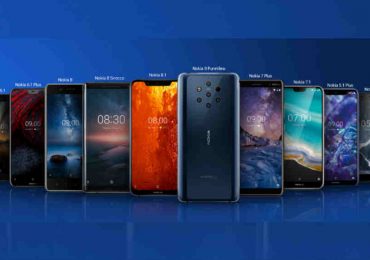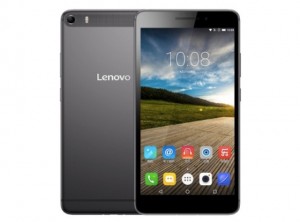The global craze for smartphones will drive future growth in the pico projector market, as increasing consumer demand for the ability to watch videos, make presentations, and capture and view photos will fuel new technological breakthroughs, according to global market experts GBI Research.
The new report* shows that pico projectors are following in the footsteps of HD video recording, high resolution cameras, Wi-Fi and Bluetooth technologies, which are now essential attributes on most smartphones.
Pico projectors are handheld devices that can be used to project photos, videos or presentations, either as standalone units or embedded into handheld devices such as cell phones, cameras or media players. Embedding pico projectors in smartphones will allow individuals to view their applications on a larger screen, giving phone companies an edge in the hugely competitive market.
Decreasing product costs and constant improvements in image quality would lead to further growth in the pico projectors market, supporting the popular desire for ever-improving personal technologies.
At the moment, advancements in laser technologies are needed to compete with LED light sources in pico projectors. The market leader in laser-based pico projectors, Microvision, currently uses a complex green laser to create a full color image. This technology is costlier than red and blue laser diodes and less efficient than direct green lasers.
Companies such as OSRAM, Nichia, Soraa, Sumitomo SEI and Corning are in the process of producing commercial direct green lasers using InGaN semiconductors with wavelengths in the 510-531nm range. However, compared to an LED light source, lasers are very costly and difficult to mass produce, though image quality is far superior. Technological advancements in the green laser market must therefore step it up in order to compete with LED-based pico projectors.
In a research interview with GBI Research, Mr. Frank Moizio, Manager of DLP Pico Projection, Texas Instruments stated: “On mobile devices such as cameras, cell phones, notebooks, and tablets, there is a desire to have bigger picture experiences for consumer entertainment applications, such as gaming, sharing videos and photos, and even web browsing […] in the enterprise space for mobile workers looking to easily get their vision across, and also in the education space to foster greater collaboration and content sharing among small work groups.”
The global pico projector market generated revenues of around $0.49 billion in 2011, a figure which is expected to grow at a colossal compound annual growth rate (CAGR) of around 75% during 2011–2016, to reach $8.12 billion in 2016.






